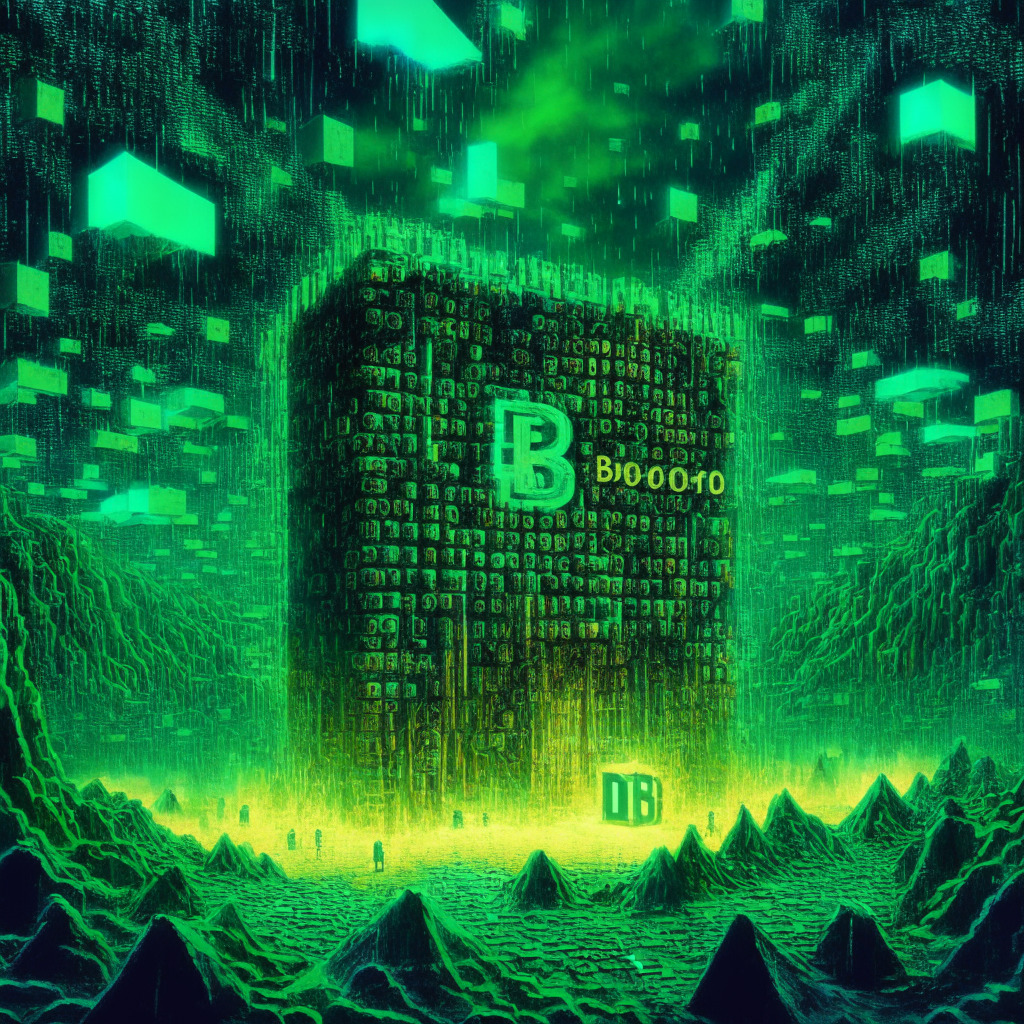Recently, the Bitcoin network steered into a noteworthy milestone – the mining of the 800,000th block. This comes less than a year before the network’s impending block reward halving – a strategic event aiming to regulate the influx rate of Bitcoins in the market, thereby affecting the supply-demand dynamics.
In an event that was heralded extensively across social media platforms, Bitcoin enthusiasts and industry followers touted the achievement as a symbol of the network’s resilience and enhanced security. The strength of the Bitcoin network lies in the very measure that celebrates this milestone, the block height. This metric acts as a chronological timeline for transactions and blocks in the network, with each block connected to the previous one to ensure immutability.
By increasing difficulty to fiddle with older blocks commensurate with the number of blocks added to the chain, the network effectively discourages malicious attempts to tamper with previous transactions. In simple terms, more blocks mean greater computing power required to alter past transactions, offering an increased level of security to the Bitcoin world.
However, this security feature asks questions regarding the network’s energy consumption, as higher block height means higher energy needs to mine a block. The power requirement of the network has roused much criticism and has often been cited as a cons of the technology.
Furthermore, the proof-of-work mechanism – the backbone of the block height metric, also plays a vital role in controlling Bitcoin’s mining difficulty. The Bitcoin network adjusts mining difficulty regularly based on total computational power and time taken to mine the previous blocks. This equilibrium maintenance ensures a consistency in block generation every 10 minutes; however, when more hashing power is added, the metric and subsequent difficulty adjustments may be affected.
The Bitcoin protocol anticipates block halving events every four years or 210,000 blocks on the chain, with the next earmarked for April 2024. This cyclical event cuts the Bitcoin reward for miners in half, which has led to significant price rallies in the past due to supply crunches.
As the next halving edges closer, wider macro events and renewed institutional interest in Bitcoins – signaled, for instance, by recent ETF filings by BlackRock and Fidelity, have somewhat arrested Bitcoin’s price decline post its last peak at $69,000. Nevertheless, only time will tell if these complementary phenomena will continue to benefit the Bitcoin market or lead to unforeseen complications.
Source: Cointelegraph




